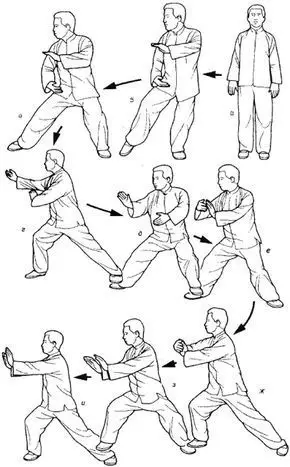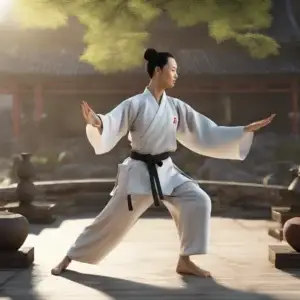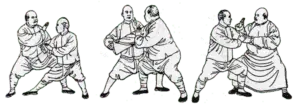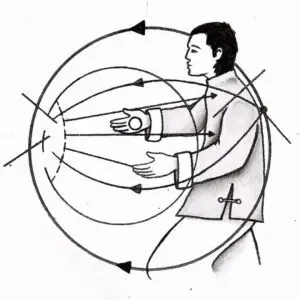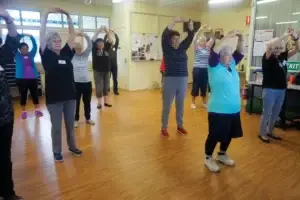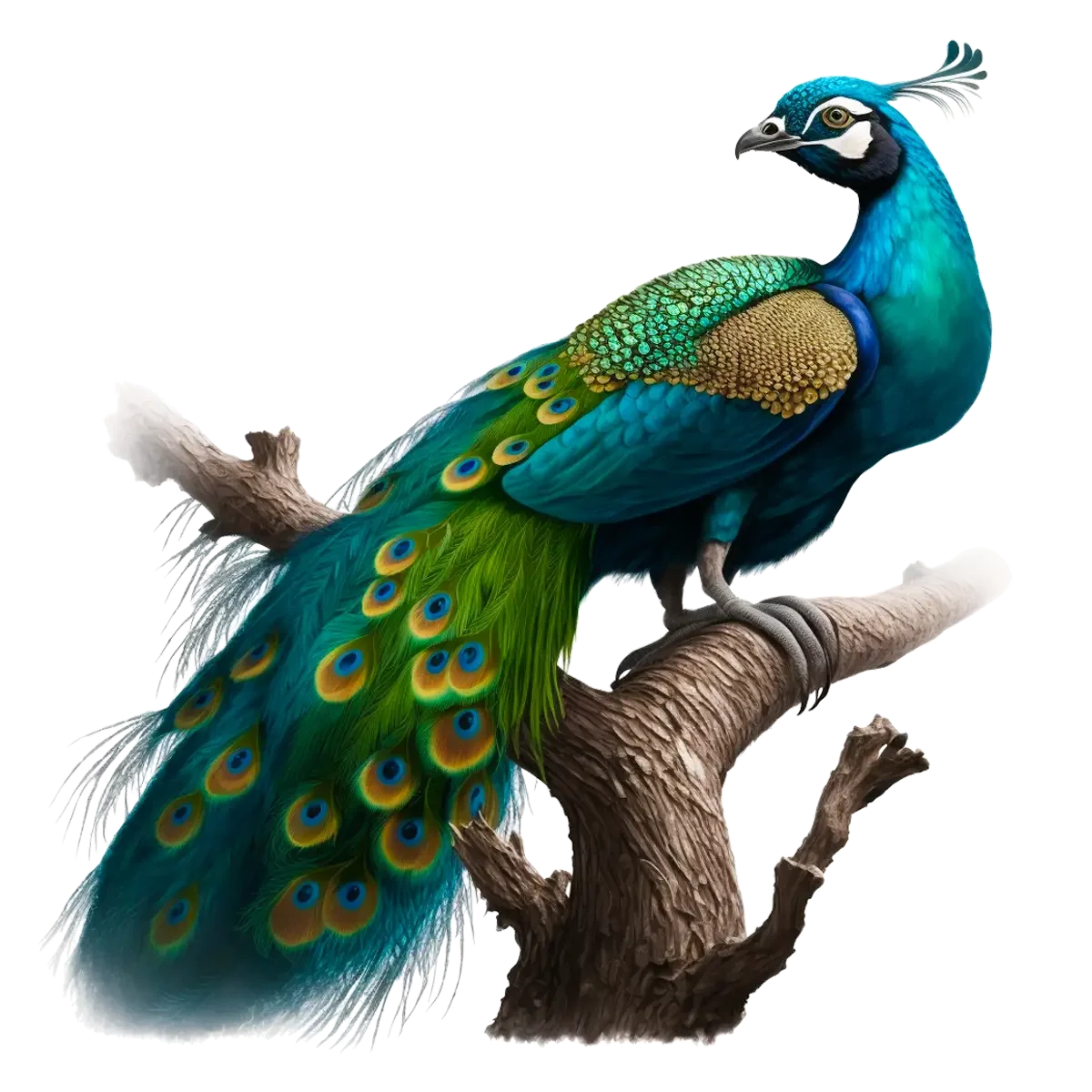
Grasping The Peacocks Tail
Further to our series on Yang style Eight-Form Tai Chi Chuan, Grasping The Peacocks Tail is a combination rather than a single move. You may know the beginning as Grasp the Peacocks Tail, but in other circles it has a different name. Grasp the Sparrows Tail, Grasp the Birds Tail are all common titles for the opening. But in this section it has several parts making up the one combination.
The “Grasping the Peacocks Tail” sequence is part of the close in the 8-form Tai Chi. This movement is often broken down into several sequential steps that flow smoothly from one to the next. Below is a general description of the movement in the context of Yang-style 8-form Tai Chi:
Starting Position: Begin in a relaxed and centered stance, with your feet shoulder-width apart, knees slightly bent, and your weight evenly distributed.
Commencement: Lift your arms in front of your body, palms facing downward, and open them to the sides as you begin to shift your weight to one leg.
Ward Off (Peng): Shift your weight to one leg while turning your body slightly. Raise one arm in a circular motion, palm facing outward, as if gently pushing away an opponent. The other arm follows, lowering in a circular motion.
Roll Back (Lu): Continue the circular motion as you shift your weight back to the other leg. Both arms move in a coordinated manner, with one arm rising and the other lowering, creating a circular and spiraling movement.
Press (Ji): Shift your weight forward and bring both hands to the center, palms facing each other, as if pressing against an imaginary force.
Push (An): Extend your arms forward, pushing with the palms, and shift your weight to the front leg.
Single Whip (Dan Bian): Turn your body to the side, extending one arm diagonally while the other arm is positioned in front of your body.
Wave Hands Like Clouds (Yun Shou): This movement involves a flowing and continuous shifting of weight and arm positions, creating a cloud-like motion with the hands.
These steps represent a basic outline of the movement in the Yang-style 8-form Tai Chi. It’s important to note that Tai Chi is based on a martial art, and each movement relates to a practical self-defense application. Although we teach from a health perspective, it is worth noting the origin.
The emphasis in Tai Chi is on slow, controlled, and flowing movements, with a focus on maintaining balance, coordination, and internal energy flow. Beginners often spend time refining each movement to understand its principles and develop the proper body mechanics.

